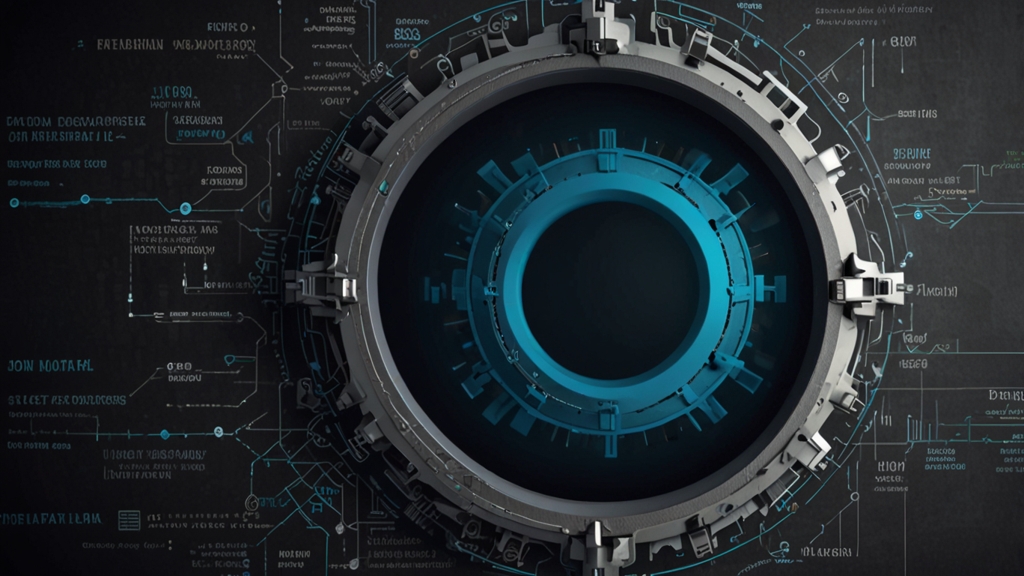Crucifixion in the Modern Era: Symbolism and Significance
The image of the crucifixion has echoed through millennia, representing one of the most powerful and enduring symbols in human history. However, its significance has transcended its original religious context and found resonance in various aspects of modern culture, art, and social commentary. This article explores how the symbolism of the crucifixion continues to hold relevance in the 21st century.
Religious Roots and Evolution
The crucifixion of Jesus Christ is a cornerstone of Christian faith, symbolizing sacrifice, redemption, and divine love. In its earliest depictions, the crucifixion was a direct reference to the suffering and death of Christ, embodying the hope of resurrection and eternal life. Over time, this singular religious event has evolved into a multifaceted symbol, often used to convey broader themes of human suffering, injustice, and martyrdom.
Art and Literature
In modern art and literature, the crucifixion serves as a powerful metaphor for human suffering and resilience. Artists like Salvador Dalí and Francis Bacon have reinterpreted the crucifixion in their works, providing contemporary critiques of societal issues. Dalí's "Christ of Saint John of the Cross" presents a surreal and almost serene vision of the crucifixion, suggesting divine perspective and spiritual transcendence. In contrast, Bacon's disturbing images often emphasize agony and despair, reflecting the darker aspects of the human condition.
"The crucifixion was a recurrent image in Bacon's art, expressing the visceral and existential struggles of the modern world." - ArtCritic Magazine
Modern Media and Popular Culture
The crucifixion imagery extends into modern media and popular culture. In cinema, films like "The Passion of the Christ" and "The Last Temptation of Christ" engage deeply with the theme, inviting audiences to explore the spiritual and emotional dimensions of the crucifixion. Beyond religious films, the symbol appears in genres like science fiction and fantasy, often representing ultimate sacrifice or the battle between good and evil.
Additionally, the crucifixion motif has been adapted in contemporary music and fashion, where it frequently serves as a provocative symbol of rebellion and counter-culture. Musicians and designers often use it to express defiance against established norms and to highlight social and political issues.
Social and Political Symbolism
Beyond its artistic applications, the crucifixion has significant social and political implications in the modern era. Activists and political commentators sometimes use the imagery to highlight injustices, likening the suffering of marginalized groups to Christ's own persecution. This powerful analogy underscores the ongoing struggle for human rights and social justice.
"The cross, a symbol of ultimate sacrifice, continues to inspire movements advocating for the oppressed and the downtrodden." - Social Justice Journal
Movements like the Civil Rights Movement and various human rights campaigns have incorporated crucifixion symbolism to draw parallels between historical injustices and contemporary struggles. This usage emphasizes the enduring power of the crucifixion as a symbol of hope and resilience in the face of adversity.
Conclusion
The crucifixion remains a poignant and versatile symbol in the modern era, transcending its origins to find new meaning in various cultural, artistic, and political contexts. Its enduring significance lies in its ability to evoke profound emotional responses and to inspire reflection on themes of suffering, sacrifice, and redemption. As society continues to evolve, the crucifixion will undoubtedly retain its place as a powerful emblem, reminding us of the complexities of the human experience.
"While its roots are deeply religious, the crucifixion's symbolism has become a universal language of the human spirit's triumph over adversity." - Cultural Studies Review
From art galleries to film screens, from protest signs to fashion runways, the crucifixion endures as a potent symbol, inviting each generation to find new layers of meaning and significance in its timeless narrative.






